DNEye PRO x BRIDDERS
ในปี 2018 Rodenstock ได้สร้างเลนส์โปรเกรสซีฟที่ดีที่สุดที่เคยทำขึ้นมาจากประวัติศาสตร์อันยาวนานกว่า 140 ปี และเปิดตัวที่ BRIDDERS OPTICAL ซึ่งเป็นพาร์ทเนอร์หลักที่แรกของประเทศไทย และที่เดียว ณ ขณะนี้
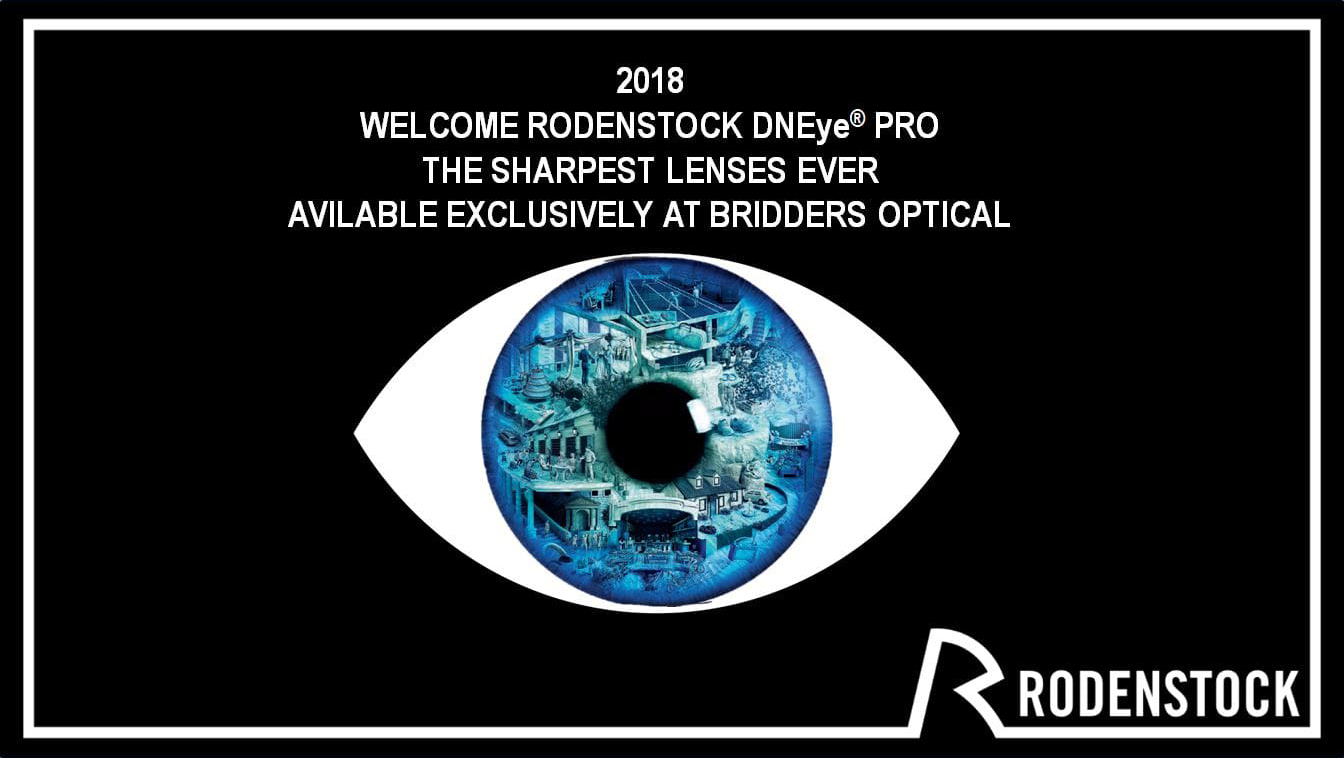
ก่อนจะมาเป็นเลนส์ DNEye PRO นั้น ย้อนกลับไป 118 ปีที่แล้ว Gullstrand eye model ภาพจำลองดวงตามนุษย์ทุกคนบนโลกถูกเขียนขึ้นโดยนายแพทย์กูลล์สตรานต์และเริ่มใช้เป็นพื้นฐานของการคำนวณการเดินทางของแสงภายในดวงตา
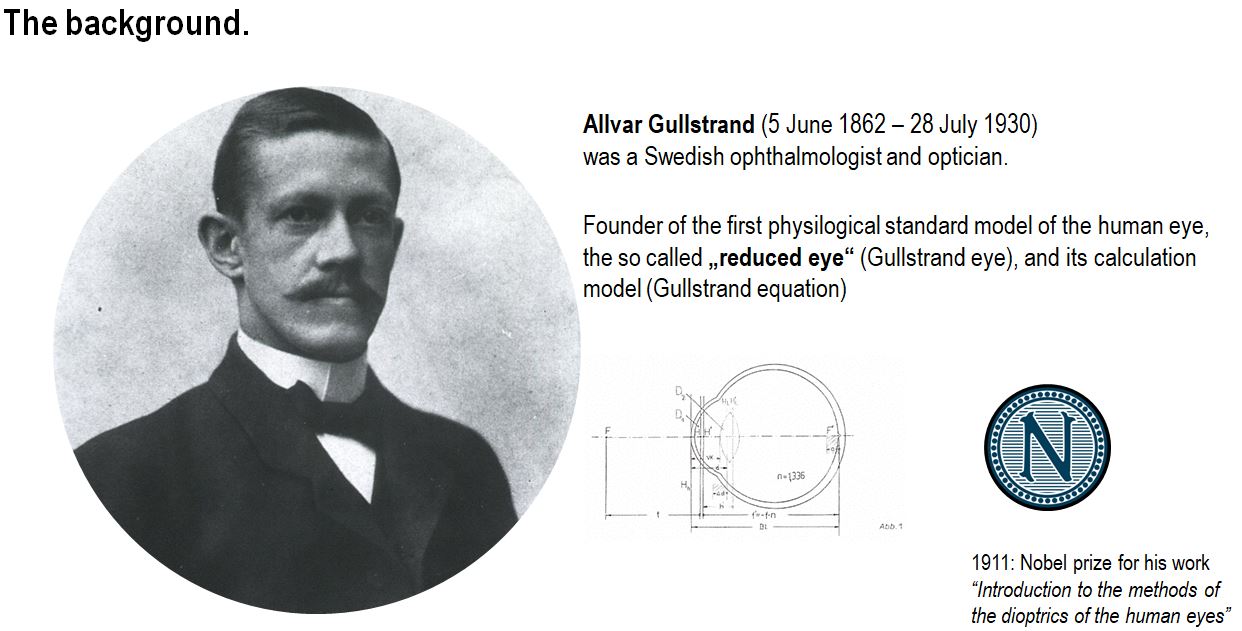
Gullstrand eye model นั้นถูกปรับปรุงให้มีค่าที่แม่นยำขึ้นเมื่อความก้าวหน้าทางการแพทย์ผ่านเข้าสู่ยุคสมัยใหม่ ในตำรายุคใหม่ชื่อ Schematic eye แต่ยังคงมีค่าคงที่ที่เท่ากันบนดวงตาทุกคู่ ซึ่งถูกนำมาใช้คำนวณในการผลิตเลนส์สายตาโปรเกรสซีฟเรื่อยมาจนถึงปัจจุบัน
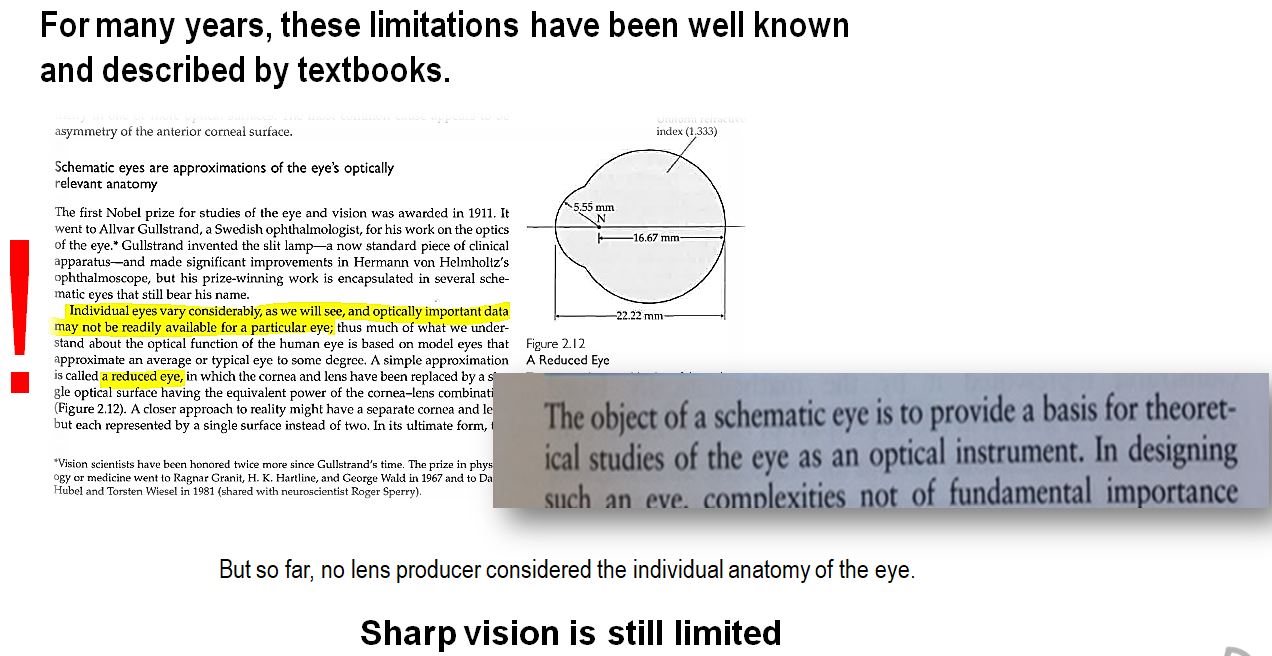
แต่ในความเป็นจริงนั้นดวงตาของแต่ละคนนั้นไม่ได้มีขนาด สัดส่วน ที่เท่ากันเสมอไป
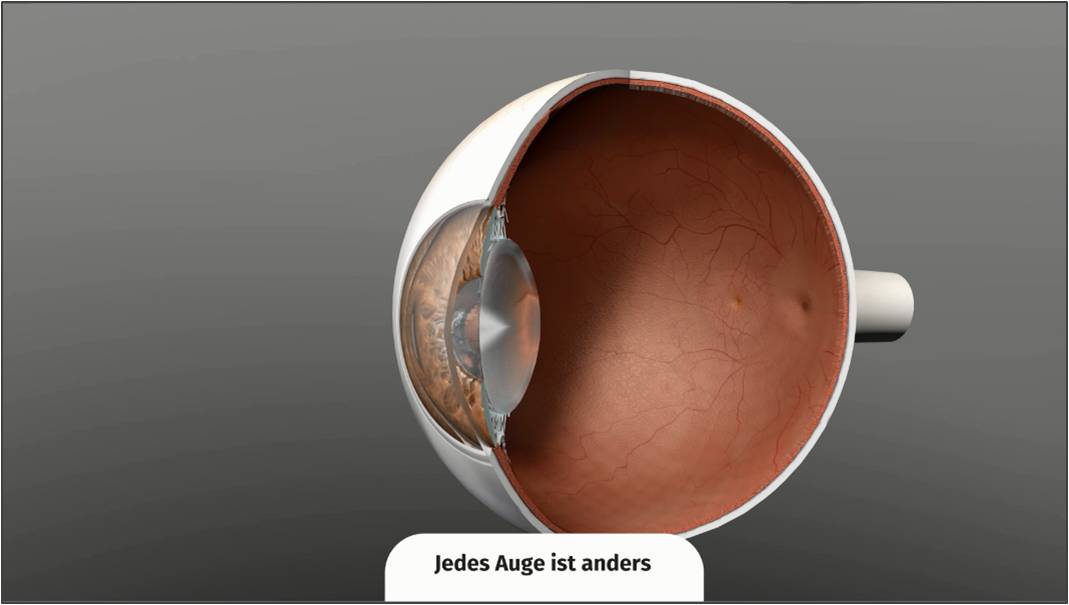
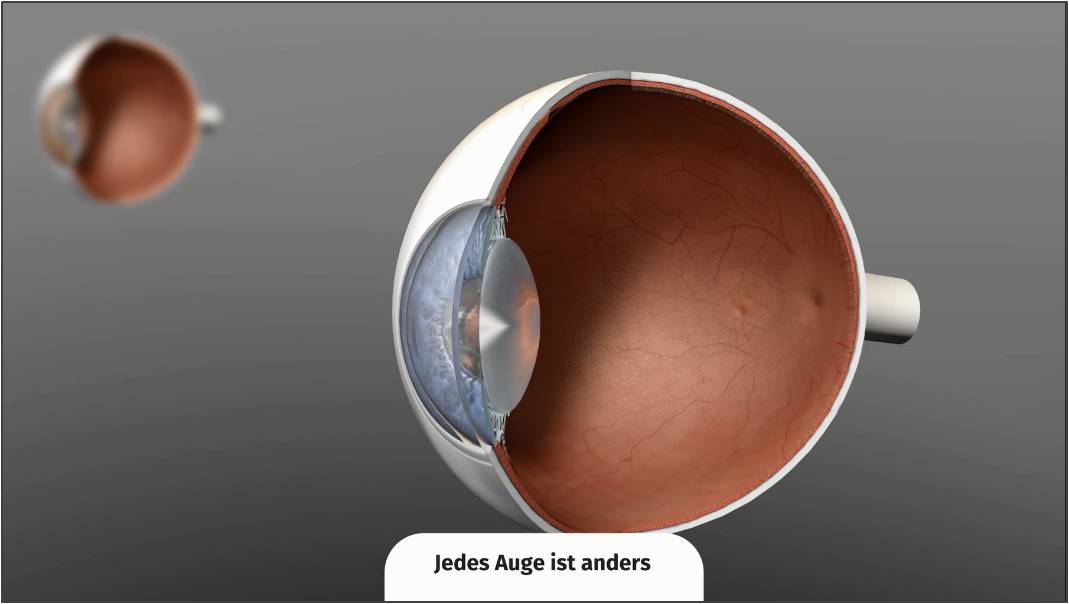
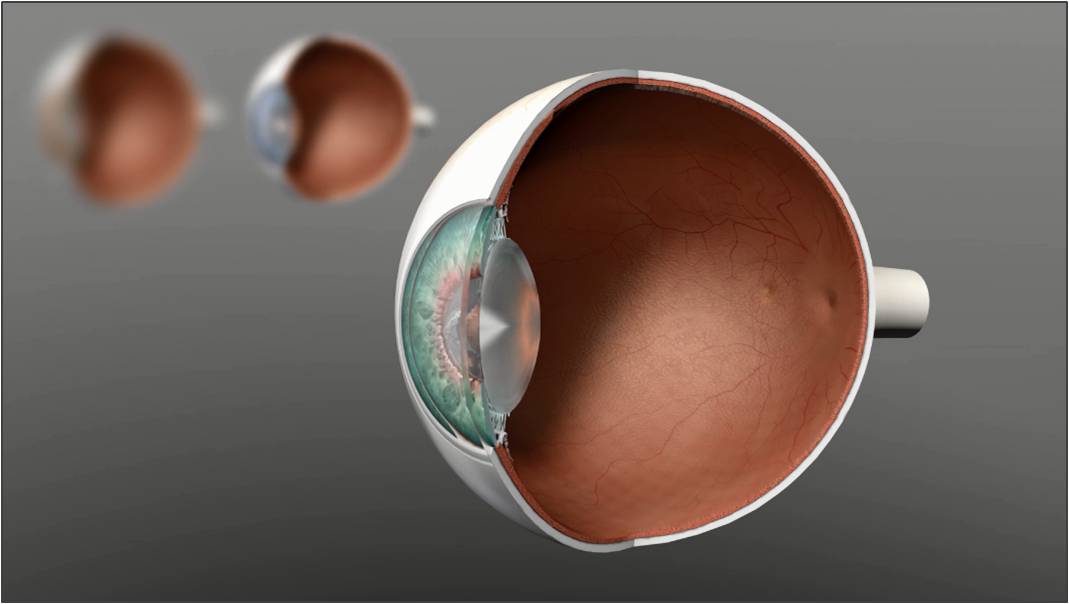
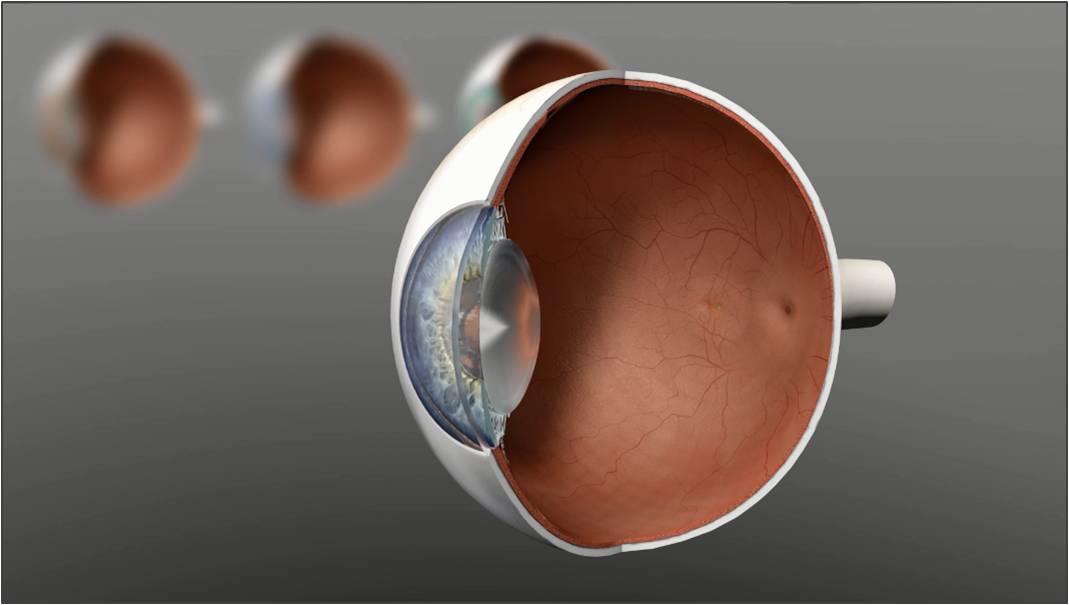
จะเห็นได้ว่าขนาดของแต่ละจุดในดวงตาแต่ละคนนั้นแตกต่างกัน ซึ่งความแตกต่างนั้นมีผลรวมได้สูงสุดมากถึง 10mm หากเราจินตนาการถึงการประกอบเลนส์ที่วางเซ็นเตอร์ผิดไป 10mm ผลลัพธ์ที่ได้คือเลนส์โปรเกรสซีฟที่แย่ที่สุดจนไม่สามารถทนใส่ได้กันเลยทีเดียว
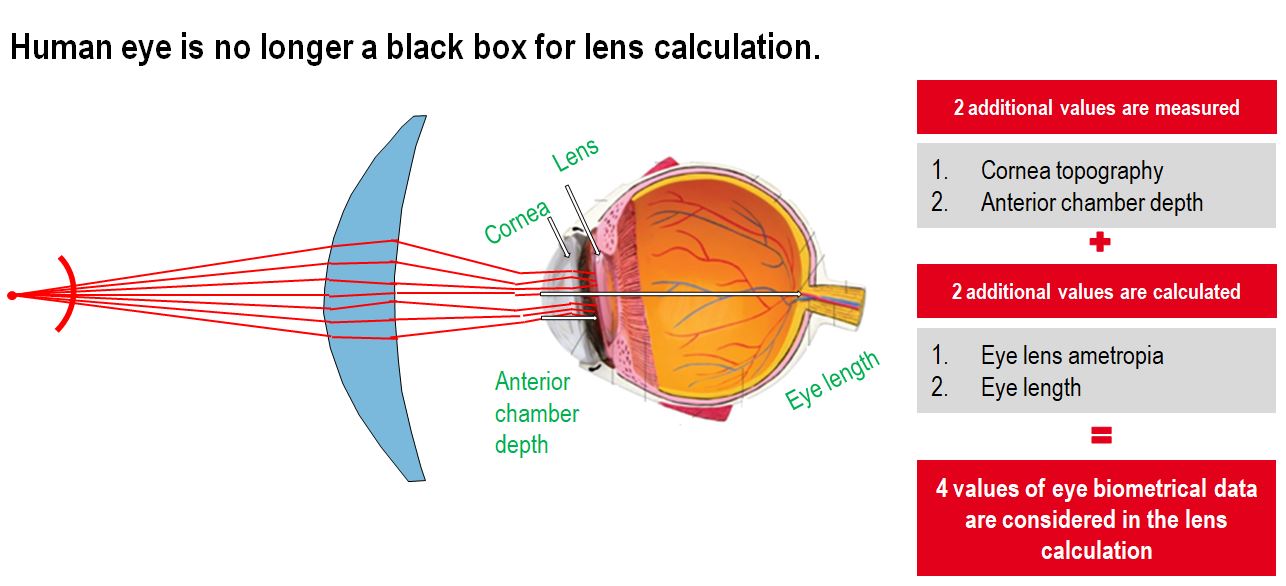
Rodenstock จึงได้สร้างเครื่อง DNEye Scanner เพื่อตรวจค่า Biometrical 3D-eye ของดวงตาแต่ละบุคคล
นำมาใช้ตรวจวัดขนาดของดวงตาทางชีวภาพแบบสามมิติ และนำข้อมูลที่ได้มาคำนวณเพื่อการผลิตเลนส์โปรเกรสซีฟ DNEye PRO
เปรียบเทียบความแตกต่างกันระหว่างเลนส์โปรเกรสซีฟรุ่นทั่วไป กับ DNEye PRO
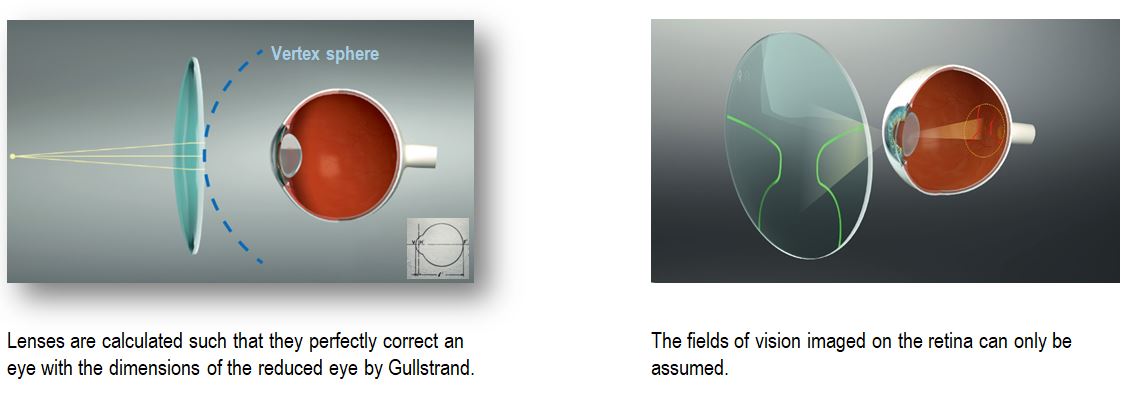
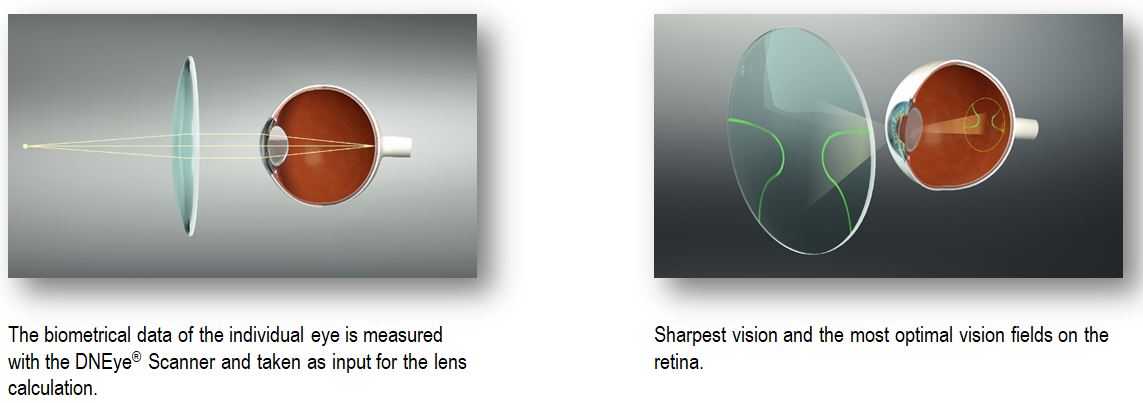
สิ่งที่ผู้ใช้เลนส์โปรเกรสซีฟ DNEye PRO จะได้รับคือภาพที่ชัด คม และเมื่อเราทราบถึงภาพที่ปรากฏบนเรตินาได้อย่างแม่นยำของดวงตาข้างซ้ายและข้างขวาแล้ว ทำให้การวางโครงสร้างเลนส์โปรเกรสซีฟร่วมกันทั้งสองตาได้อย่างสมบูรณ์แบบที่สุด
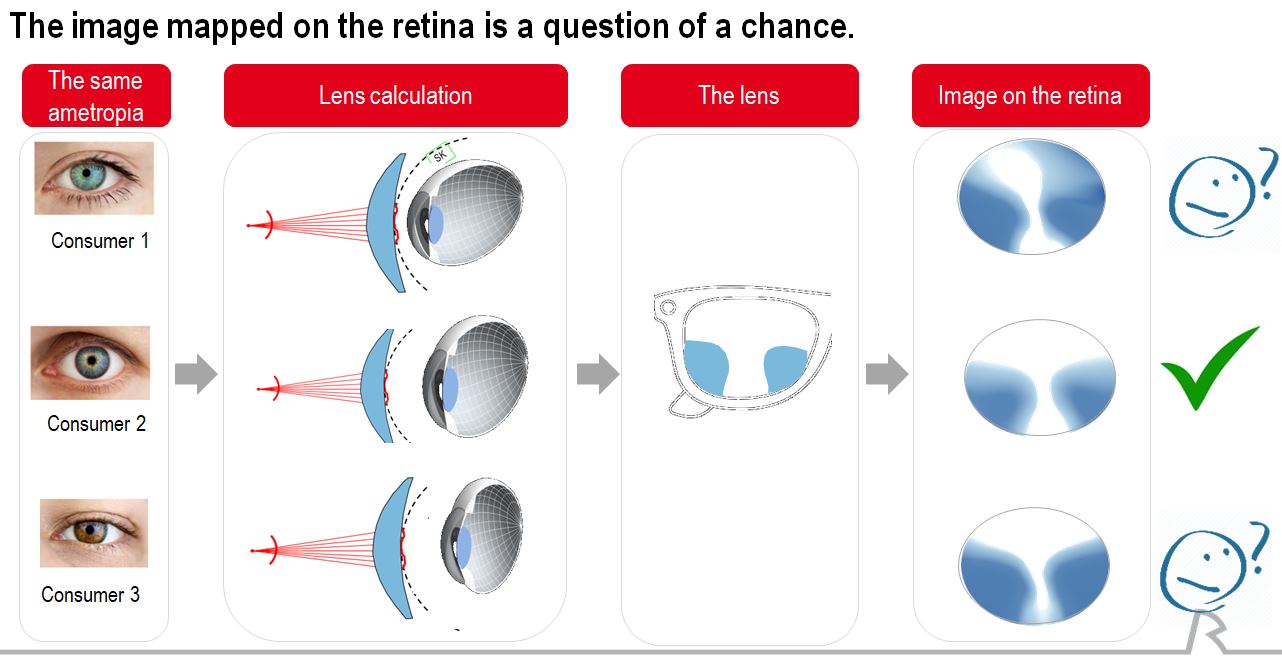
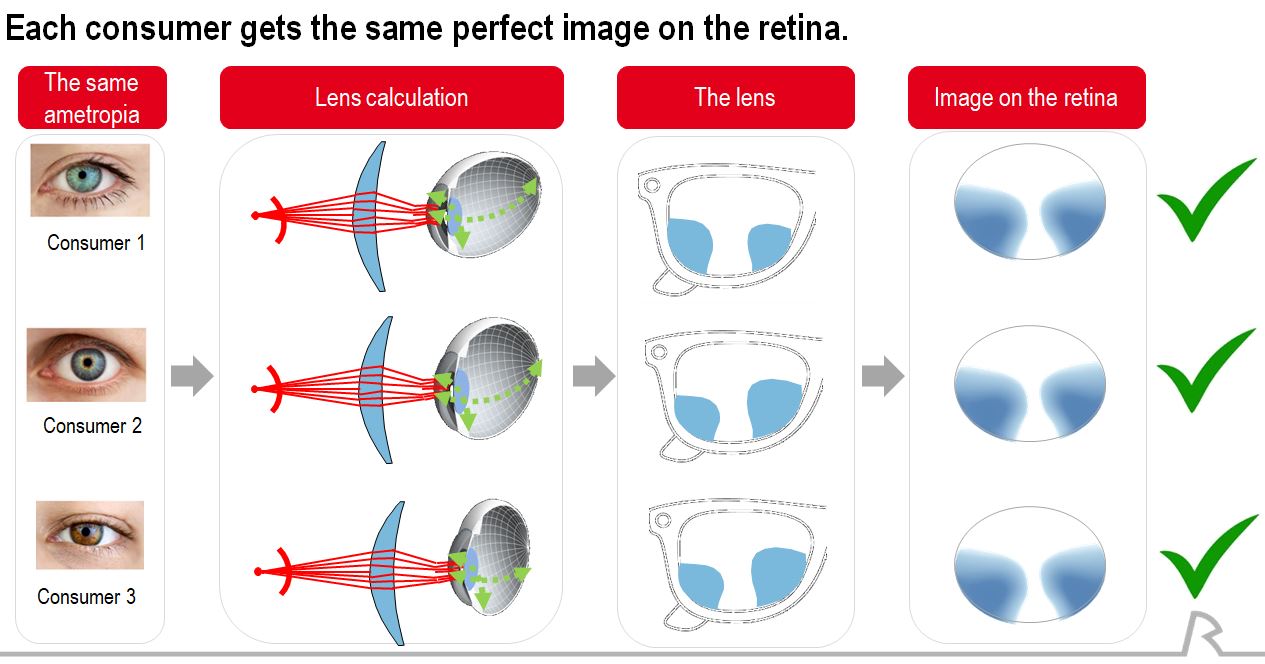
นอกจากนั้นเลนส์โปรเกรสซีฟเฉพาะบุคคลที่ละเอียดสูงสุด ในรุ่น Fressign DNEye PRO นั้นยังมีส่วนประกอบหลักอีก 3 ด้านด้วยกันคือ
- การคำนวณจากไลฟสไตล์ของแต่ละบุคคล เพื่อลดสั่นของภาพเมื่อมีการเคลื่อนไหว และปรับโซนการใช้งานให้ตรงตามชีวิตประจำวัน
- การคำนวณตำแหน่งการสวมใส่ของกรอบแว่นแบบสามมิติ เพื่อเพิ่มความกว้างของพื้นที่ด้านข้างให้สูงสุด
- DNEye รุ่นแรกที่คำนวณความแตกต่างของผิวกระจกตาแต่ละบุคคล
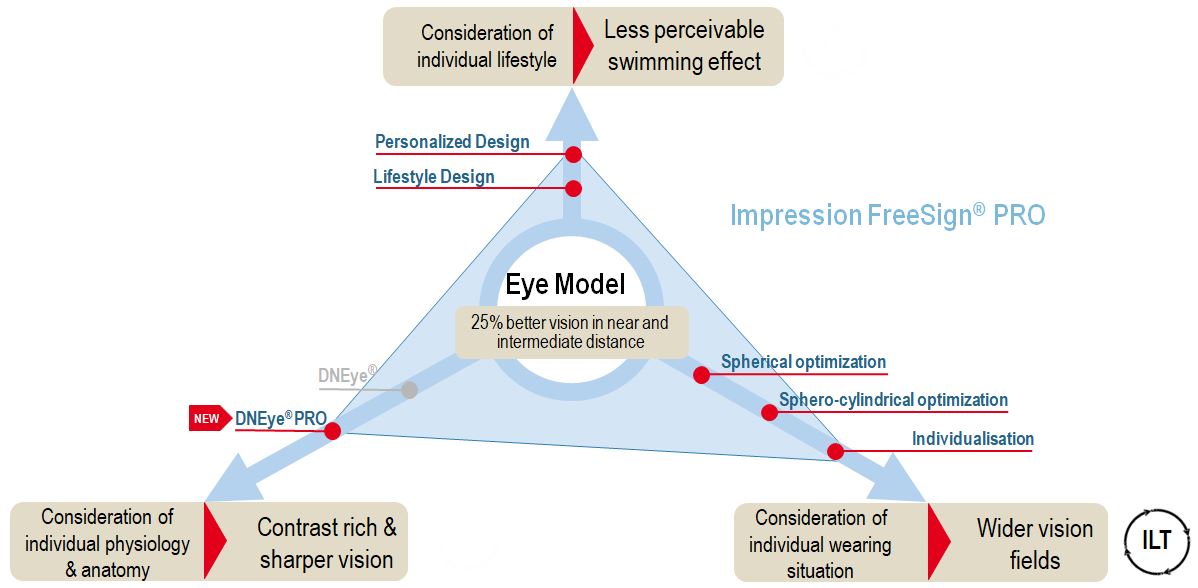
FAQ
What is the difference between DNEye® & DNEye® PRO?
- In the DNEye® technology a spectacle lens was optimized in order to fulfill a given requirement at the vertex point sphere, i.e. essentially at the vertex distance of the spectacle lens. This requirement was ba
sed on the subjective refraction and the measurement of the higher order aberrations of the eye as a whole. - For the DNEye® PRO technology Rodenstock goes further and calculates the image how it arrives inside the eye and no longer only at the vertex point sphere which was a theoretical model.
- Therefore, additionally to the data used for DNEye®, for DNEye® PRO technology Rodenstock transfers the following components of the individual eye into the lens calculation process:
Ø the cornea topography (including its higher order aberrations)
Ø the anterior chamber depth
Ø eye length
Ø eye lens abberations
What are the main features of the DNEye® PRO optimization?
- Till now, for the lens calculation only the light refraction on the spectacle lens surfaces was taken into account.
- For the DNEye® PRO technology not only light refraction at the spectacle lens is taken into account, but also light refraction through the cornea and both crystalline surfaces (i.e. anterior and rear eye lens surfaces).
- The ba
se for this calculation is the measurement of the individual biometrical parameters (measured with the DNEye® Scanner: corneal topography, anterior chamber depth; calculated on the ba se of the measured values: eye lens ametropia, eye length). Rodenstock is the only manufacturer considering these parameters for the lens calculation.
Which directly measured biometrical values have an impact on lens optimization and vision?
Both the cornea topography and the anterior chamber depth have an impact on the spectacle lens optimization with DNEye® PRO technology. In particular the cornea is important because it carries three quarters of the refractive power of the eye, and because it has a large number of parameters all of which are relevant for vision, i.e. corneal power, corneal astigmatism, and corneal higher order aberrations.
Why is the Gullstrand eye not everything?
The Gullstrand eye is an eye model which describes only the idealized case of an emmetropic eye which has a given standardized proportion of corneal power and lens power, eye length etc.
The biometrical data of the individual eye are very important but had not been available and could not be used for the lens calculation.
Therefore, Gullstrand reduced eye model was used as a standard to simplify the lens calculation.
Rodenstock recognized that it is not sufficient to describe vision only in terms of a reduced eye model and introduced a description of the individual eye as it is known from real biometrical measurements.
In particular, different contributions to ametropia can now precisely be assigned to the different sub-components of the eye, which provides an individual description of the eye far beyond of the possibilities the Gullstrand eye offered ever before.
Is DNEye® PRO reasonable for customers with the individual biometrical values of the eye near to standard ones?
It is unlikely that the combination of all biometric parameters of spectacle wearer are simultaneously close to standard values. Therefore each spectacles wearer will benefit from DNEye® PRO optimization.
How will the axial eye length be calculated?
The eye length is calculated basing on the measured values of corneal power and the anterior chamber depth and ametropia.
From literature, one knows that the crystalline lens power depends on age and accommodation. In the given example this leads to a lens power of 20,9D.
By calculation from all the data above, we obtain an axial eye length: 26,4 mm (R), 25,8 mm (L).
Of course, the values of the axial eye length are far away from emmetropic standard (24.09 mm), but the eye is even longer than one would statistically expect from the given myopia (26,0 mm (R), 25,5 mm (L)), which is a direct consequence of the comparably flat cornea.
Example:
The spectacle wearer is myopic and has the following ametropia:
|
|
sph |
cyl |
A |
|
Right |
-3,30 |
-1,38 |
98 |
|
Left |
-2,56 |
-0,20 |
34 |
His cornea is given by the values:
|
|
sph |
cyl |
A |
|
Right |
41,22 |
-0,59 |
106 |
|
Left |
41,60 |
-0,38 |
7 |
The anterior chamber depth is measured to be 3,08 mm (R), 3,11 mm (L).
Does DNEye® PRO replace the DNEye® Option?
Yes, as far as all the steps of the switching from DNEye® to DNEye® PRO are done by Market organisation and optician, only DNEye® PRO is available for ordering.
